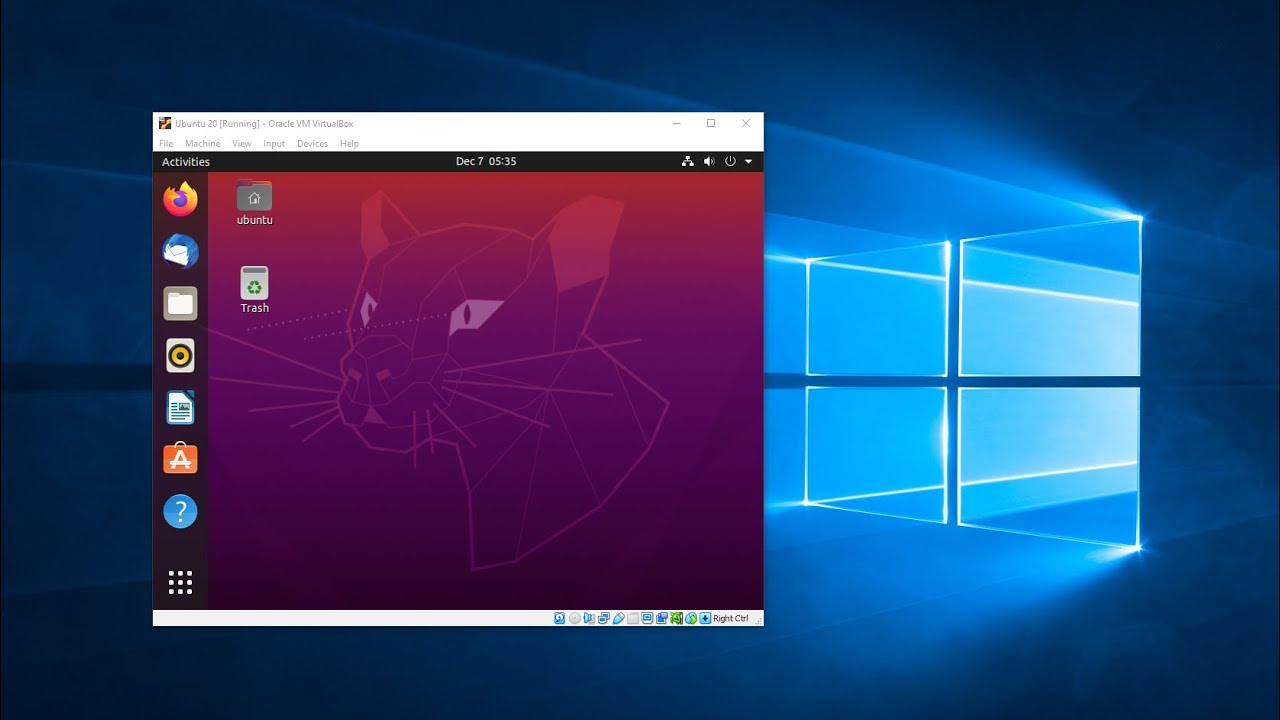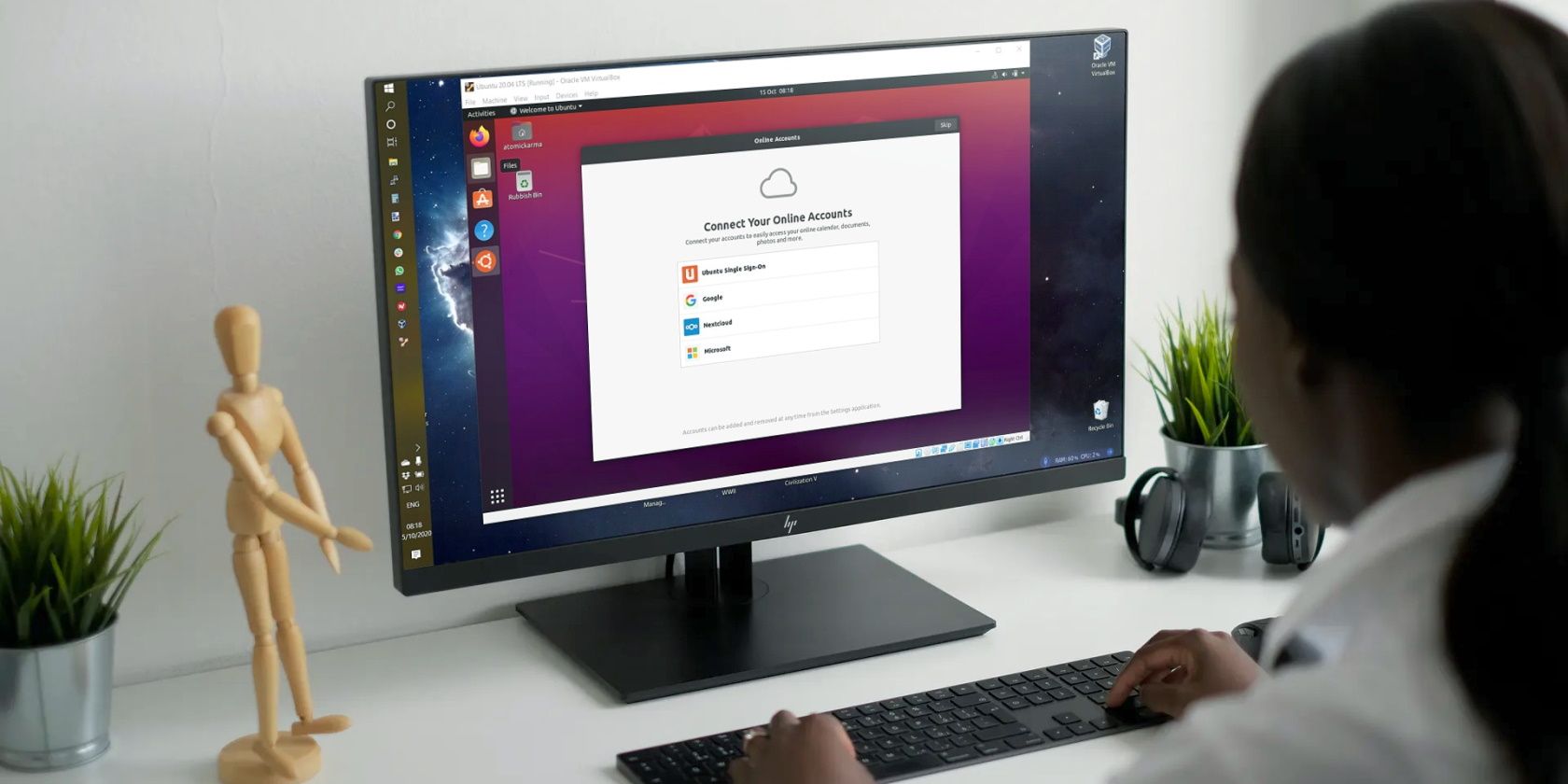

The simplest way to get Raspberry Pi Desktop up and running is to install the operating system, but that will require you to dedicate a computer to the project (or at least to partition a hard drive). It’s also fun because it backs the familiar Raspbian interface with your PC or Mac’s hardware, which is much more powerful than the little Pi. That makes it useful for testing out projects when your Pi isn’t handy. This Raspbian-like OS (as the names imply, both operating systems are based on Debian) allows you to use your PC or Mac as a kind of substitute for your Raspberry Pi. This time, we’re changing things up: we’re going to show you how to use a PC or Mac to run the Raspberry Pi Foundation’s desktop operating system, Debian with Raspberry Pi Desktop (for brevity’s sake, we’ll call it just “Raspberry Pi Desktop” from now on). Depending on your distro, you may need to run a lengthy command.Our articles usually show you how to do things on a Raspberry Pi. Follow the installation instructions to download the correct dependencies for your Linux distro from the Darling Install page. So, if you worry about remote executables corrupting your system, you might want to avoid a package of this size. It’s essentially duplicating the functionality of the macOS operating system.

It also contains an enormous amount of code, requiring about 12 gigabytes of disk space after building.

Basically, you can run a macOS shell in Terminal reliably and may or may not be able to run other apps effectively. While GUI app support is a goal for the project, the feature hasn’t yet been implemented. Because macOS and Linux both share the same UNIX-style base, Darling is less resource-intensive than WINE, producing better results in more circumstances.įor the time being, Darling can only work with very simple GUI apps and several command-line apps. Darling tries to accomplish the same goal between macOS and Linux. This works like WINE, which creates a Windows-to-Linux translation environment that allows you to run some Windows applications on Linux systems. You can also run a translation layer called Darling. Using the Darling Translation Layer (CLI Only) For machines with the technical specs, virtualizing an operating systems through a VirtualBox virtual machine is the best option. Virtualizing a desktop like this does require significant RAM, so it may not run smoothly on low-resource devices.


 0 kommentar(er)
0 kommentar(er)
